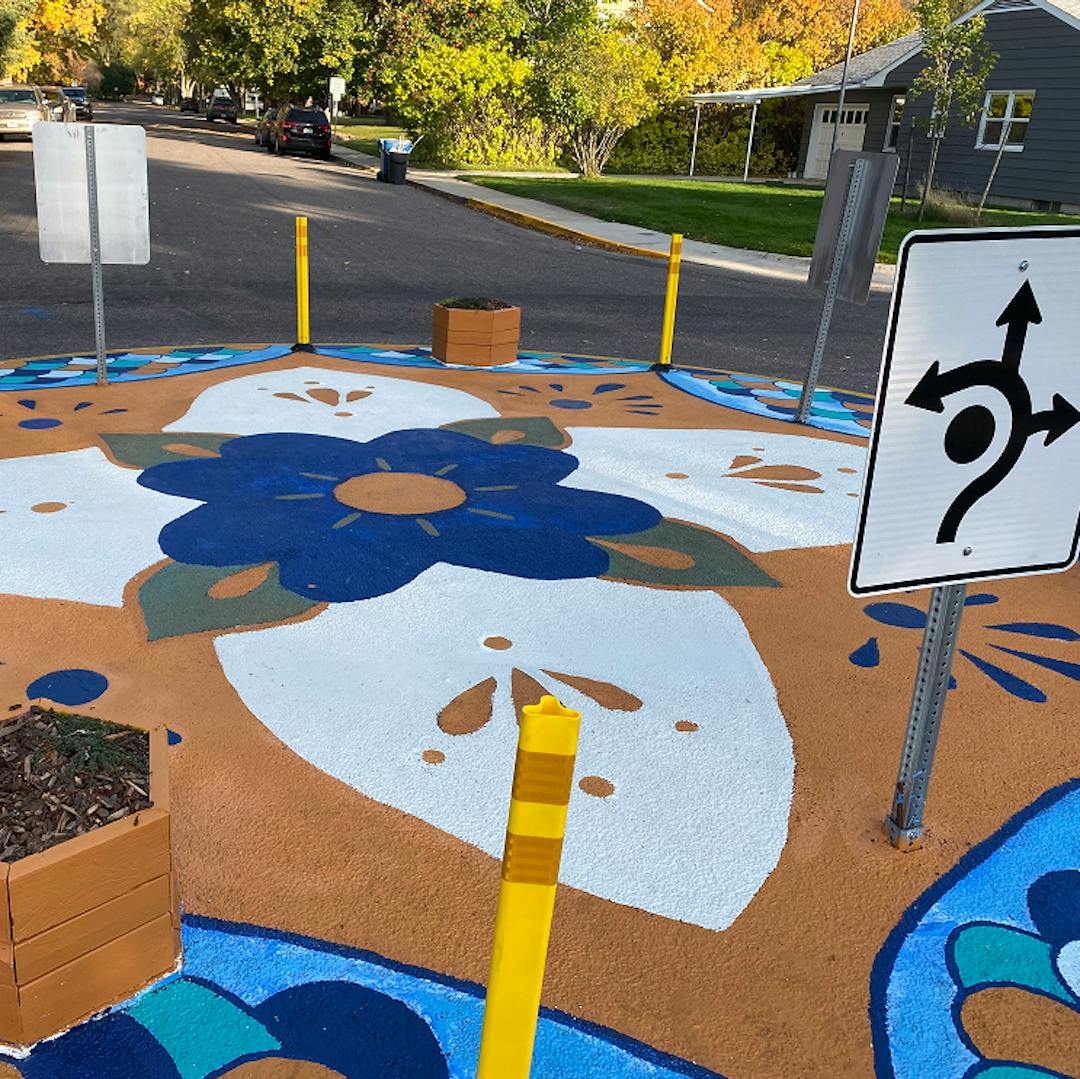Neighborhood Traffic Management Program

Making Missoula's Streets Safer for All People
In response to growing concerns about traffic safety, the City's Public Works & Mobility Department developed the Neighborhood Traffic Management Program (NTMP). The program has the following goals:
- Reduce the frequency and severity of crashes,
- Slow neighborhood traffic,
- Reduce the use of residential streets for cut through vehicle traffic,
- Provide clear process to address citizen concerns, and
- Encourage biking and walking.
The NTMP looks at areas where there are safety concerns and determines potential solutions—sometimes they are engineered solutions, sometimes they are educational and enforcement solutions, and sometimes they are neighborhood-driven solutions. We call these solutions Traffic Management Tools and Neighborhood Energizers.
We hope you also check out our presentation to the Public Works Committee as well as the Safe Speeds on City Streets document and Background Info tab below. We would like your feedback on this new program and want to answer your questions, so please use the Questions & Comments tab at the bottom of this page.
Our Process for Responding to Traffic Safety Requests
- Collect Information. We ask citizens to submit their request by completing the Report a Traffic Safety Concern form.
- Analyze Conditions. The Transportation Safety Team (TST) collects data to investigate and analyze conditions. TST may look at nearby intersections and streets to ensure any proposed solutions don't cause problems elsewhere.
- Score Data. Staff uses the following information to score the location and conditions. Different street types have different safety targets and receive points accordingly.
- Traffic speed
- Traffic volume
- Crash history
- Pedestrian generator (close to parks, schools, bus stops, and other facilities that draw pedestrian traffic)
- Sidewalks (location, condition, ADA ramps, and future projects)
- Contextual considerations (steep slope, curves, atypical right-of-way, etc.)
- Equity (prioritizes under-served neighborhoods)
- Review Results. Staff will rank projects, review conditions, and decide if traffic management tools are appropriate. Whether or not staff recommends one of these tools, the neighborhood can still use neighborhood energizers to help encourage safer streets.
- Plan Solution. The NTMP uses quick-build engineering solutions and may be able to address the project within its current operations budget. If the solution requires a more permanent solution, the project will be added to the community improvement program (CIP) project list.
 |  |  |






